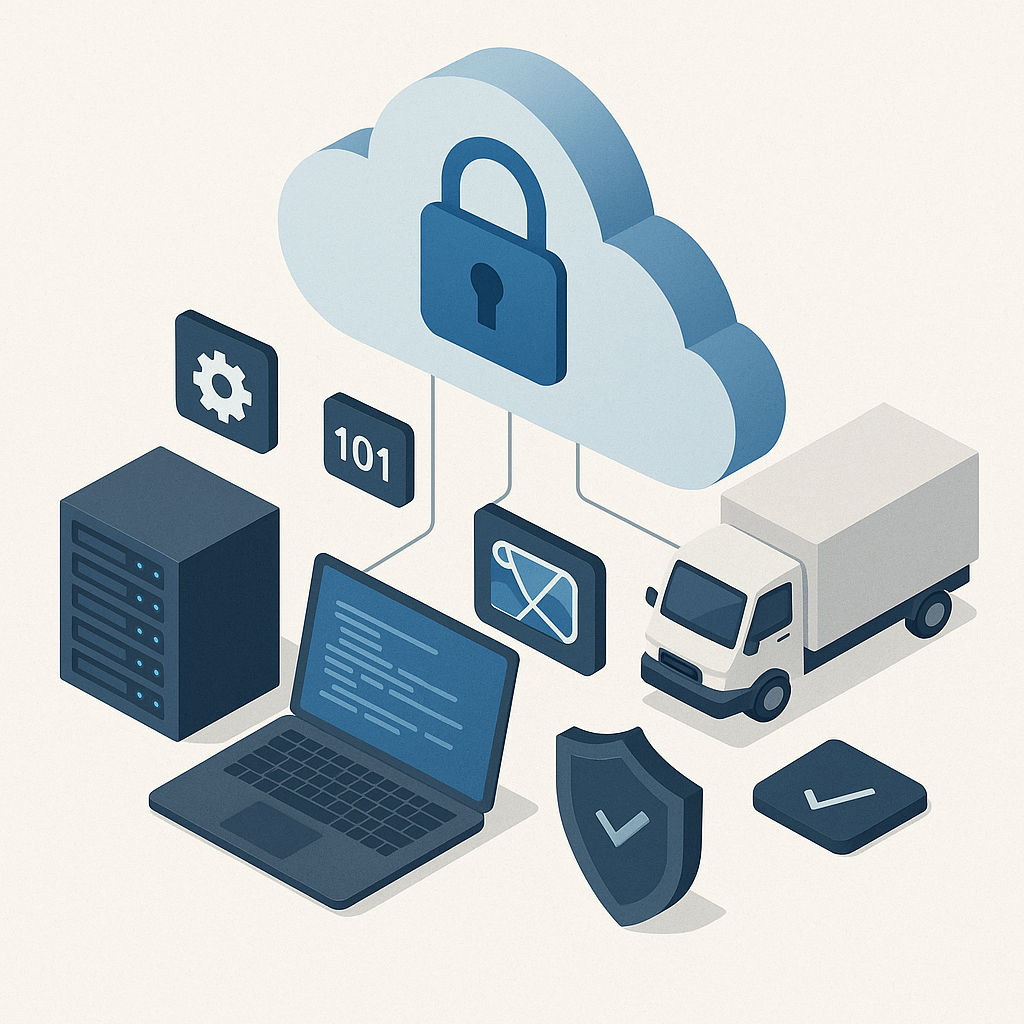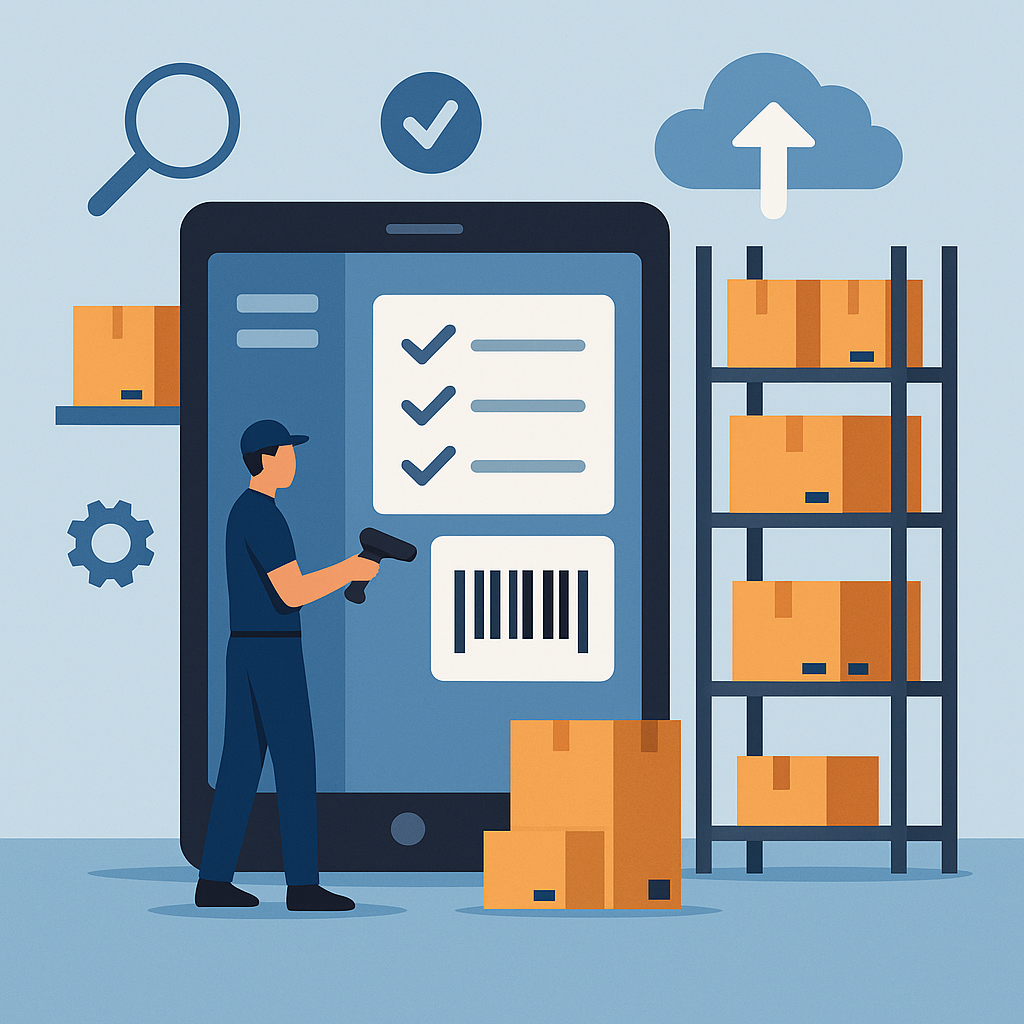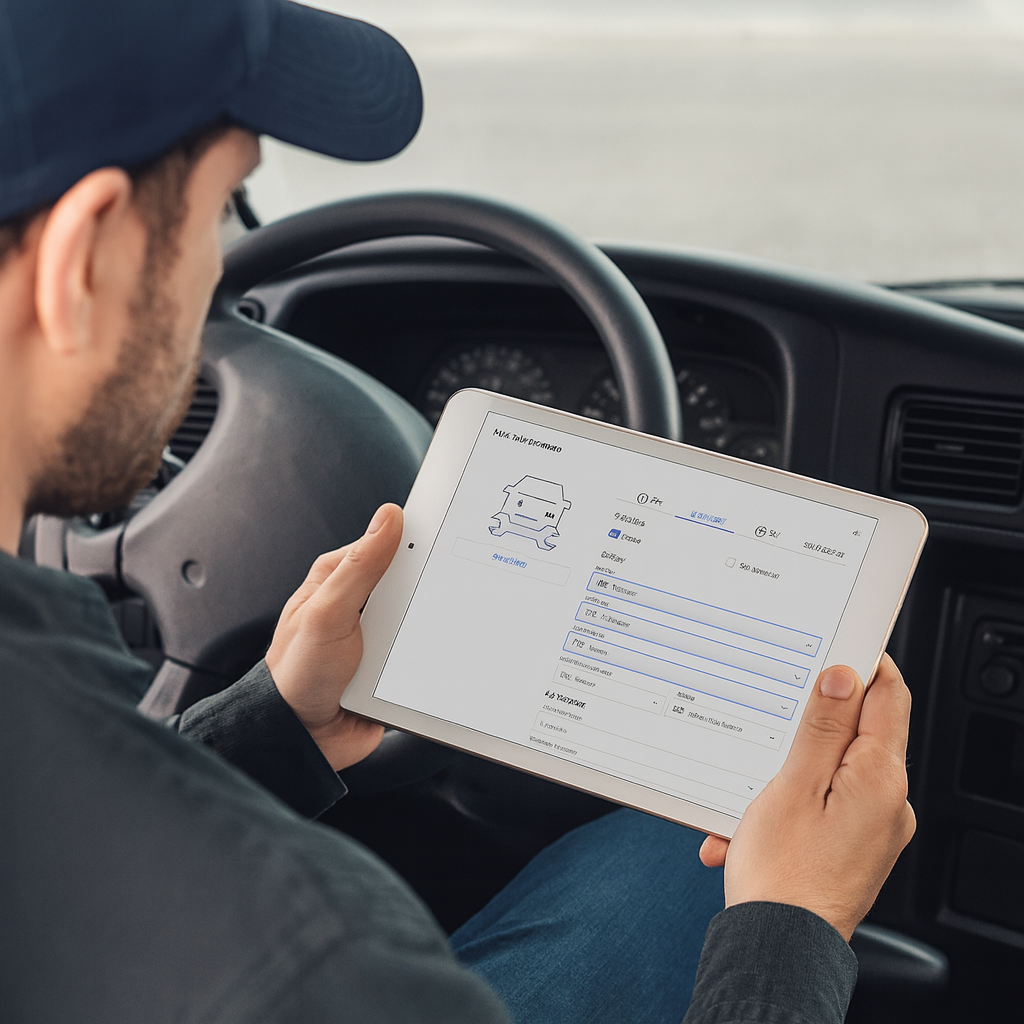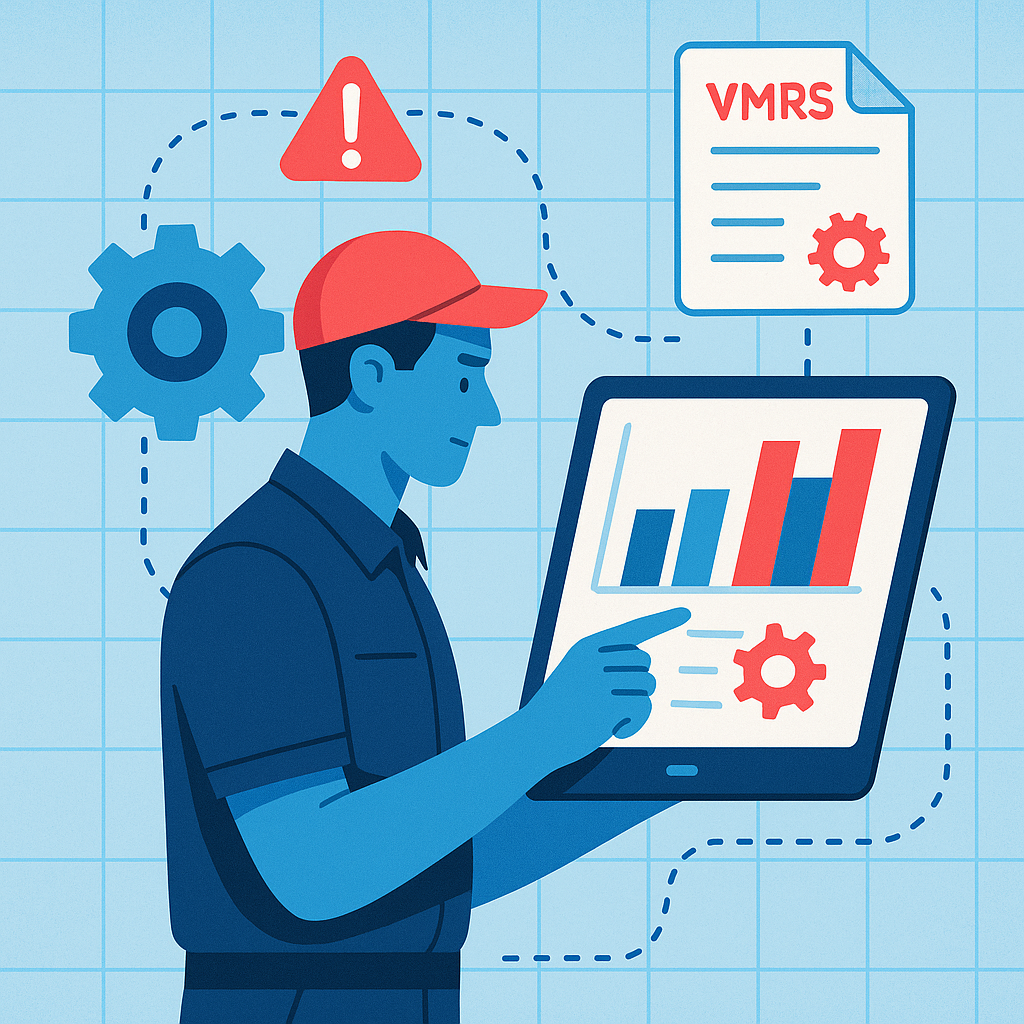4 min read
Beyond the Stockroom: Smarter Fleet Inventory Management
In fleet maintenance, parts inventory is the backbone of every repair. But for many operations, it’s also a major source of headaches—manual...
2 min read
 Jake Persofsky
:
Jun 27, 2025 7:08:30 AM
Jake Persofsky
:
Jun 27, 2025 7:08:30 AM

In today’s fleet operations, downtime doesn’t just cost money—it disrupts routes, frustrates customers, and puts compliance at risk. Whether it's a ransomware attack, a forgotten update, or hardware failure, every minute offline counts. The good news? You don’t need a dedicated IT department to stay protected.
This guide offers simple, real-world strategies to help fleet professionals secure their systems, reduce downtime, and plan for the future—without the tech jargon.
Think of cyber hygiene like preventive maintenance for your software. Small, consistent actions go a long way:
Centralize Your Data – Store files in one secure location, not scattered across devices or USBs.
Automate Updates – Keep operating systems and apps up to date without needing to remember.
Install Endpoint Protection – Use antivirus tools and firewalls to protect devices across your fleet.
Set Role-Based Access – Give users access to only the systems they need.
Practice Safe Browsing – Limit exposure to risky sites and separate personal use from work.
Monitor & Review – Use dashboards to track patch status, backups, and security alerts.
A real-life example: One fleet reduced missing software fixes from 40% to just 5% in days after enabling automated updates.
These five actions form a strong, no-frills defense:
Use Strong Passwords – A password manager helps create unique, secure logins for everyone.
Protect Every Device – Install antivirus and firewalls, and update them regularly.
Control System Access – Limit users to just what they need to reduce the impact of any breach.
Segment Work and Personal Use – Separate browsers or devices to block common malware entry points.
Enable Multi-Factor Authentication (MFA) – Adds a second layer of defense beyond passwords.
Technology is only as strong as the people using it. To build a culture of security:
Offer phishing awareness sessions with real-world examples
Run monthly mock phishing tests
Create easy processes for reporting suspicious activity
One fleet cut phishing click-through rates by 70% in just three months with these tactics.
These red flags indicate your systems might be vulnerable:
Shared passwords
Frequent software crashes
Unknown backup status
Outdated antivirus software
One person holding all the keys
Manual bug fixes and software updates with no schedule
TIP: Convert these risks into tasks: automate updates, schedule backup checks, assign clear system ownership, and conduct regular drills.
When systems go offline, the costs add up fast:
Drivers sit idle
Billing gets delayed
Customers lose confidence
Compliance risks increase
One fleet faced over $45,000 in direct and indirect losses during a four-hour outage. Investing in prevention—like automated monitoring, redundancy, and incident playbooks—can avoid this kind of disruption.
Cloud platforms are built for security, uptime, and ease. Here’s what they bring to the table:
Automated Updates
Built-in Backups
Global Remote Access
Advanced Security & Monitoring
Elastic Scalability
Seamless Integrations
DID YOU KNOW: Contrary to common fears, cloud software isn’t more expensive or riskier. You keep control of your data, avoid surprise hardware costs, and gain tools like cost optimization, sandbox testing, and centralized dashboards.
One logistics firm that migrated to the cloud saved the equivalent of a full-time employee in staff hours and reduced audit prep time by 50%.
Ready to improve system resilience without overhauling everything?
Schedule a quick system health assessment.
Identify a high-impact system to pilot.
Develop a phased cloud migration plan.
Empower your team with training.
Set clear ownership for updates, access, and backups.
Automate what you can.
A few focused steps today can prevent major headaches tomorrow—and ensure your fleet stays on the road, no matter what comes your way. Moving to the cloud doesn't have to be overwhelming. Select vendors who will walk you through the process step-by-step. Software consultancies like Insperia can help you create a plan and keep all of your systems secure.
Get a quick, personalized tour of Squarerigger and discover how easy fleet maintenance, inventory, compliance, and reporting can be.

4 min read
In fleet maintenance, parts inventory is the backbone of every repair. But for many operations, it’s also a major source of headaches—manual...

From fewer breakdowns to better reporting, here's why standardizing your fleet's repair codes pays off. If your maintenance reports are full of vague...

In the world of fleet maintenance, data only matters if it leads to action. That’s why VMRS (Vehicle Maintenance Reporting Standards) is such a game...